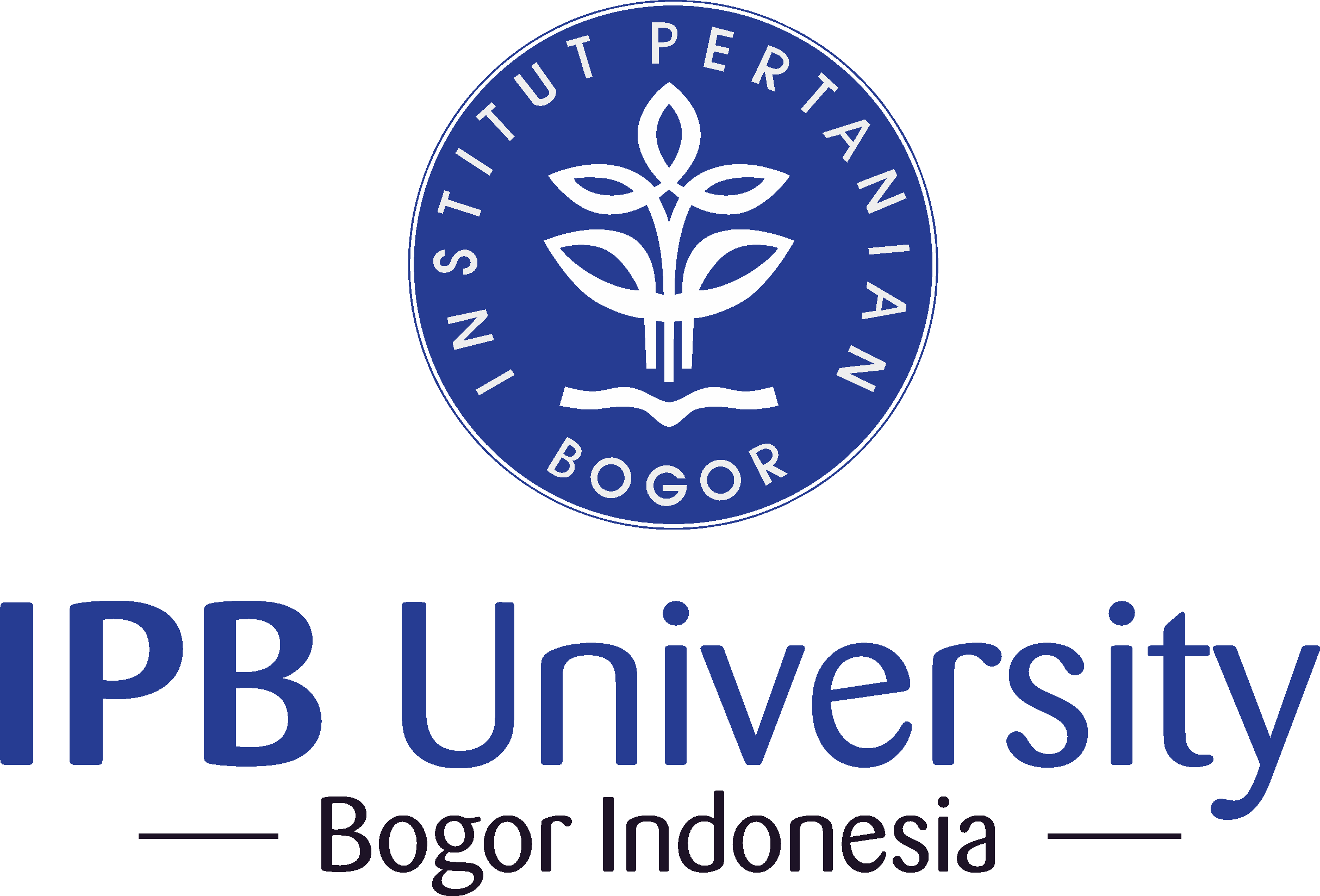Potential of Cinnamomum burmanni Leaf Extract as an Exogenous Antioxidant and Spermatoprotective for Rattus norvegicus L. Exposed to Polystyrene Nanoplastics
Abstract
Polytyrene nanoplastics (NPs) (<1 µm) have high toxicity when entered and accumulated in cells. NPs accumulation causes oxidation stress, thus increasing reactive oxygen species (ROS) production, resulting in necrosis or apoptosis, as well as affecting endogenous antioxidant activity, such as superoxide dismutase (SOD) and catalase (CAT). Cinnamomum burmanni plant contains flavonoids, cinnamaldehyde, phen, and olic acid, potentially exogenous antioxidants. The study aims to analyze the potential of C. burmanni leaf extract for SOD and CAT levels, sperm quality, epithellia tubulus thickness, tubulus seminiferus diameter, and number of spermatogenic Rattus norvegicus cells exposed to NPs. Twenty-five male R. novergicus are divided into five groups (n = 5): two controls (without and with NPs) and three groups (combination of NPs and variations in extract concentrations of 100, 200, and 400 mg/kg. The SOD and CAT levels were measured with an ELISA kit. The histology was observed by counting the spermatogenic cells, measuring the epithellia thickness, and tubulus seminiferus diameter. The sperm motility, viability, and sperm count were observed to determine the sperm quality. Leaf extract of C. burmanni treatment with different concentrations not significantly increased SOD levels but significantly decreased the levels of CAT (P<0.05). The addition of C. burmanni leaf extract significantly increased the spermatogenic cell count, epithelia tubulous thickness, sperm viability, and sperm count (P<0.05), while sperm motility and tubulous seminiferous diameter not significantly increased. According to the results, C. burmanni leaf extract has antioxidant potential against the toxic effects of NPS.
Downloads
Copyright (c) 2025 Farah Annisa Nurbani, Manikya Pramudya, Maya Safitri, Sugiharto, Aunurohim, Alfiah Hayati, Adiibtia Septiani, Putri Alicia Dewi, Allam Thoriq Nashrulloh, Lim Vuanghao

This work is licensed under a Creative Commons Attribution-NonCommercial 4.0 International License.
HAYATI J Biosci is an open access journal and the article's license is CC-BY-NC. This license lets others distribute, remix, tweak, and build upon author's work, as long as they credit the original creation. Authors retain copyright and grant the journal/publisher non exclusive publishing rights with the work simultaneously licensed under a https://creativecommons.org/

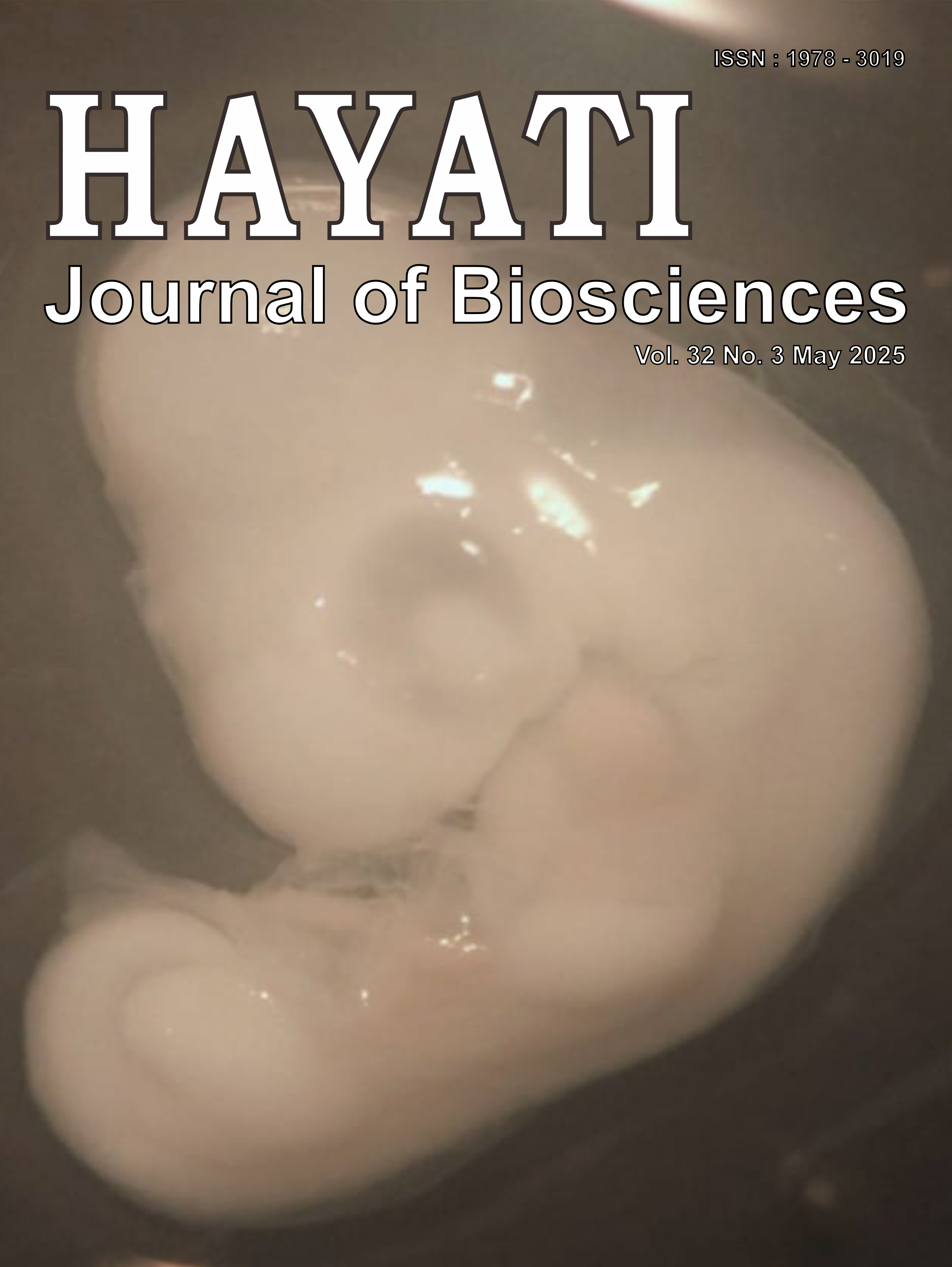









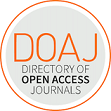




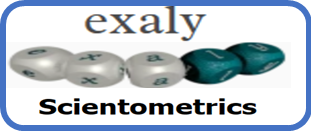




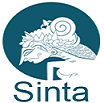

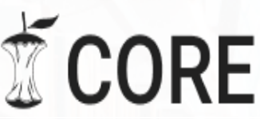

.png) IPB University
IPB University Department of Biology
Department of Biology The Indonesian Biological Society
The Indonesian Biological Society 